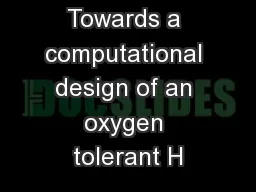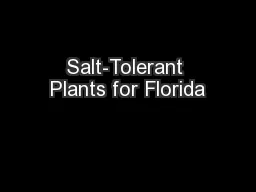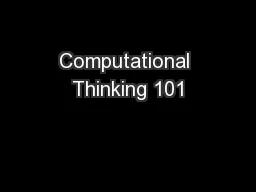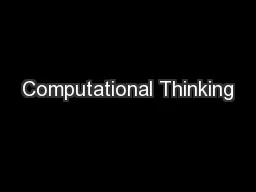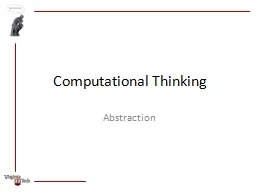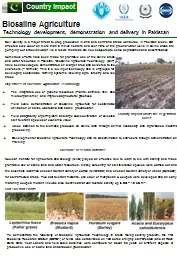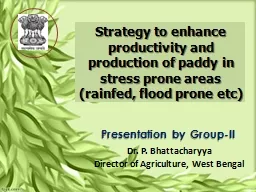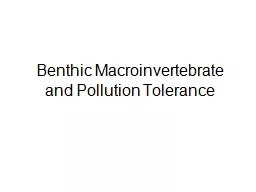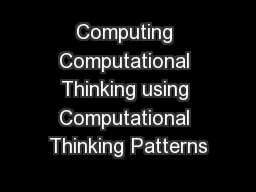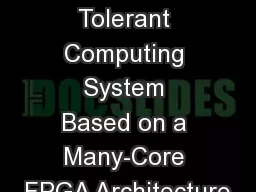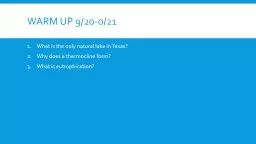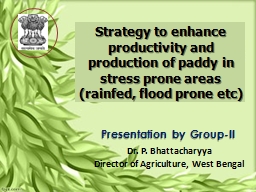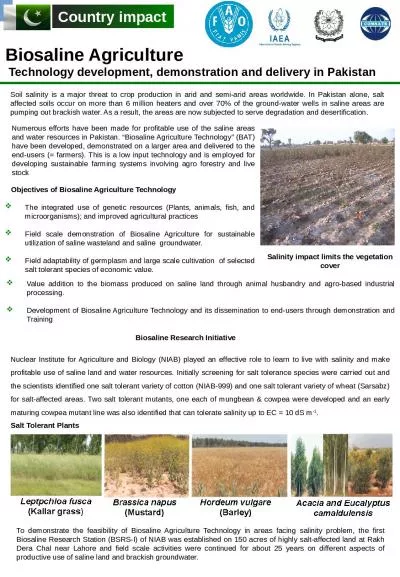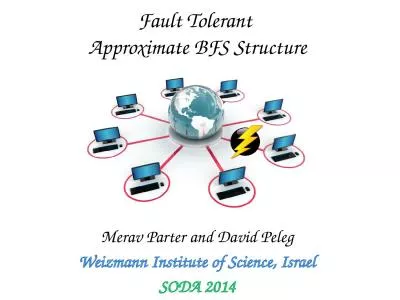PPT-Towards a computational design of an oxygen tolerant H
Author : kittie-lecroy | Published Date : 2018-03-07
2 converting enzyme Jochen Blumberger University College London UK CCSWS4 workshop IPAM Los Angeles 18 May 2011 Methods and properties Observables ionic structure
Presentation Embed Code
Download Presentation
Download Presentation The PPT/PDF document "Towards a computational design of an oxy..." is the property of its rightful owner. Permission is granted to download and print the materials on this website for personal, non-commercial use only, and to display it on your personal computer provided you do not modify the materials and that you retain all copyright notices contained in the materials. By downloading content from our website, you accept the terms of this agreement.
Towards a computational design of an oxygen tolerant H: Transcript
Download Rules Of Document
"Towards a computational design of an oxygen tolerant H"The content belongs to its owner. You may download and print it for personal use, without modification, and keep all copyright notices. By downloading, you agree to these terms.
Related Documents

